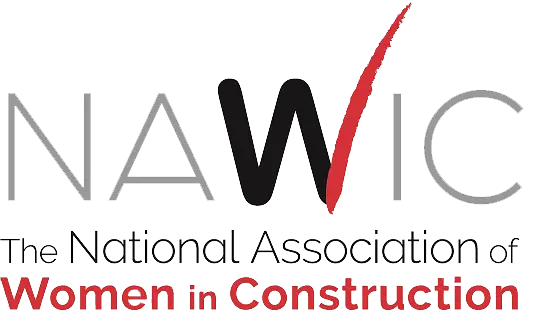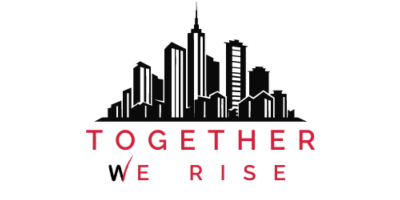Women Breaking Ground and the Construction Glass Ceiling
Few women work in the trades or have broken the construction glass ceiling with C-suite roles. NAWIC is working to change that.

In October 2022, at the North American Building Trades Union’s Tradeswomen Build Nations conference, U.S. Secretary of Commerce Gina Raimondo announced the One Million Women in Construction Initiative to double the number of women in the field from one million to two million. According to the U.S. Department of Commerce, although women comprise a larger-than-average share of workers in some occupations within construction, those occupations are a small share of industry employment and are concentrated in office administration and support jobs. Relatively few women work in the trades or have been able to break the construction glass ceiling with C-suite roles.
Breaking ground, but we can do better
The number of women in construction grew by 43,000 between 2021 and 2022. Between 2022 and 2023, that number was only 3,000. In a Fixr article, Rita Brown, Founder of Brown Construction Collective (BCC+), Transportation Commissioner for the State of Michigan, and NAWIC President Elect, commented, “The increase has been incremental at best and skewed if you compare onsite to in-office roles. As an industry patting ourselves on the back for this minute increase is disingenuous. It’s vital that the industry make authentic and significant investments in tooling up our workforce with much more intent. That means addressing long-term shifts in the structure of an industry that was predicated on a male-centric workflow.”
While the number of women in construction is growing, a significant number of women are leaving the industry. In the same article, Jennifer Todd, Founder and President of LMS General Contractors, commented, “The number of women leaving the construction industry doesn’t reflect their lack of knowledge or physical capabilities, but rather their lack of support. Women leave the construction field due to a lack of respect and harassment, poor career advancement opportunities, and a lack of flexibility as parents. Again, these aren’t “construction-related” issues; they’re people-related.”
To help support women in the field, NAWIC’s Tradeswomen Committee recognizes and advocates for issues of particular interest to tradeswomen. In addition to networking events, the committee has hosted educational programs on the topics of mental health and suicide awareness, stress management, leadership, and safety.
Shattering the construction glass ceiling
As in the trades, there are few women at the top of the construction industry, too. Even though a reported 40% of women in construction work in management, professional and related occupations, only 1% of construction CEOs are women.
Women construction executives like Misha Homara, CEO of TriCore Panels in the Bay Area, often break the construction glass ceiling by fostering an inclusive and collaborative environment. Homara, who has served on the board of directors for NAWIC’s Silicon Valley chapter, is committed to getting more women in the field. TriCore has hosted several Women in Construction Week events to introduce women to a career in the industry.
NAWIC recognizes the barriers women face in breaking the construction glass ceiling. To help grow their leadership skills and break the construction glass ceiling, NAWIC created the Leadership Academy. The NAWIC Leadership Academy incorporates coaching and peer learning to create accountability and encourages taking weekly actions for rapid results and tangible outcomes. Learn more or join the next cohort.
Supporting all women in construction
Whether you are a tradeswoman, a manager breaking the construction glass ceiling, or employed in one of the many other construction occupations, NAWIC can help. Women in the construction industry, in the office and onsite, join NAWIC for support, networking, mentorship, leadership training, and education. There are more than 5,500 members and 120 chapters throughout the United States, with affiliates throughout the world. Contact a chapter near you to learn more.


